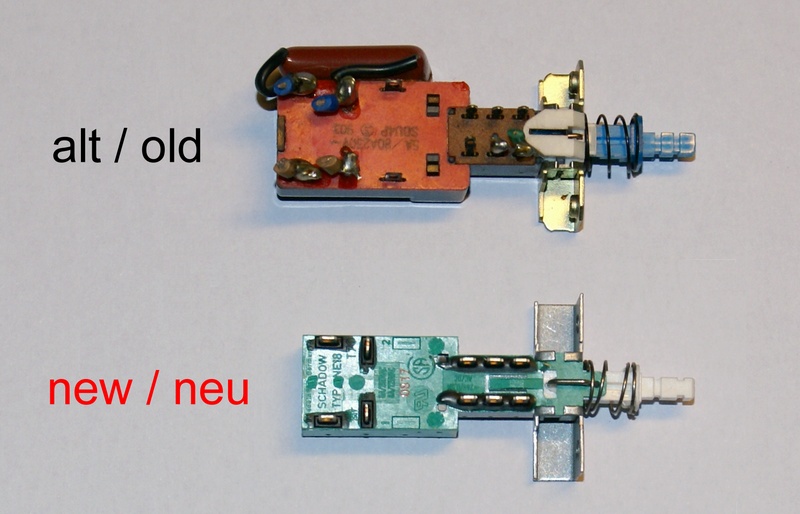pastic
New Member
Hello,
Yesterday I picked up my first Marantz, a 2226B from a second hand store. I payed 65 euros with option to return in five days if I am not satisfied. I love the sound, but am fearing it may be defective. I have never restored vintage electronics, so I wonder if I just ought to return it?
As soon as I power it on, whatever the input selected, there are loud irregular but continuous crackles (somewhat similar to FM noise between stations) although no music is even playing. It sounds like electric disturbance. It dies down after a minute or so, and then I can listen to music for long swathes of time before it returns very occasionally. As soon as I begin to push the power button in order to power off, the crackling begins again.
I had an old amp where this kind of crackling disturbance would arise when moving the volume slider, but now it is tied to the power button (and very seldom just arising during passive listening without touching the amp at all).
Might this be fixable without handing it to a tech restorer? What might be the cause? Or should I just return it?
I'd be happy to answer any questions with more detail.
Best regards,
Pastic
Yesterday I picked up my first Marantz, a 2226B from a second hand store. I payed 65 euros with option to return in five days if I am not satisfied. I love the sound, but am fearing it may be defective. I have never restored vintage electronics, so I wonder if I just ought to return it?
As soon as I power it on, whatever the input selected, there are loud irregular but continuous crackles (somewhat similar to FM noise between stations) although no music is even playing. It sounds like electric disturbance. It dies down after a minute or so, and then I can listen to music for long swathes of time before it returns very occasionally. As soon as I begin to push the power button in order to power off, the crackling begins again.
I had an old amp where this kind of crackling disturbance would arise when moving the volume slider, but now it is tied to the power button (and very seldom just arising during passive listening without touching the amp at all).
Might this be fixable without handing it to a tech restorer? What might be the cause? Or should I just return it?
I'd be happy to answer any questions with more detail.
Best regards,
Pastic


